What Is a Tooth Infection and Why Should You Take It Seriously?
Common Signs and Symptoms of a Tooth Infection
Tooth infection symptoms can start subtly but escalate quickly if not treated. Understanding the early warning signs is crucial for timely intervention and successful treatment. Recognizing the signs of tooth infection early helps prevent serious complications such as abscess formation, tooth loss, and systemic infections. Below are the most common symptoms to watch for if you suspect a tooth infection:
- Persistent, throbbing toothache: A continuous, severe pain that can radiate to the jawbone, ear, or neck.
- Increased sensitivity to temperature: Sharp pain when consuming hot, cold, or sugary foods and beverages.
- Swelling in the face or cheek: Noticeable puffiness around the infected area.
- Fever and general malaise: The body's response to the infection spreading beyond the tooth.
- Bad taste in the mouth or foul odor: Caused by pus leaking from the infected area.
- Swollen lymph nodes: Tenderness and swelling in the jaw or neck region.
- Difficulty swallowing or breathing: A sign that the infection may have spread deeper into facial tissues or airways.
_bY9riHP.webp)
Wisdom Tooth Infection: What Makes It Different?
Wisdom tooth infection typically occurs because wisdom teeth often erupt improperly, creating pockets where bacteria can thrive. Unlike other dental infections, the symptoms of a wisdom tooth infection are often more intense due to the tooth’s location and difficulty in maintaining oral hygiene in that area. Let's look at the unique wisdom tooth infection symptoms you should be aware of:
- Swelling and redness around the gum area: Particularly behind the molars, making chewing painful.
- Jaw stiffness and limited mouth opening: Caused by inflammation spreading around the jaw joints.
- Persistent bad breath and bad taste: Due to pus accumulation near the infected wisdom tooth.
- Difficulty chewing or swallowing: As the inflammation grows, it can make eating increasingly uncomfortable.
- Swollen lymph nodes and fever: Indicating the infection is spreading to the lymphatic system.
Recognizing these wisdom tooth infection symptoms early is critical for preventing severe complications like abscesses or systemic infections. If you suspect a wisdom tooth infection, it is essential to seek professional dental evaluation promptly to avoid surgical extraction or more invasive treatments.
Can an Infection Occur After Tooth Extraction?
Experiencing an infection after tooth extraction is a risk that patients should be aware of. While most extractions heal without incident, improper aftercare can lead to bacterial infection at the extraction site, manifesting as severe pain, swelling, pus, and sometimes fever.
An infection after tooth extraction typically occurs if the blood clot at the extraction site is dislodged or fails to form properly, leading to a painful condition called dry socket. This makes the area vulnerable to bacterial invasion. Timely recognition of symptoms like foul odor, persistent throbbing pain, and visible pus is crucial. Contacting your dentist at the first sign of trouble will ensure that the infection after tooth extraction is managed effectively, preventing further complications.
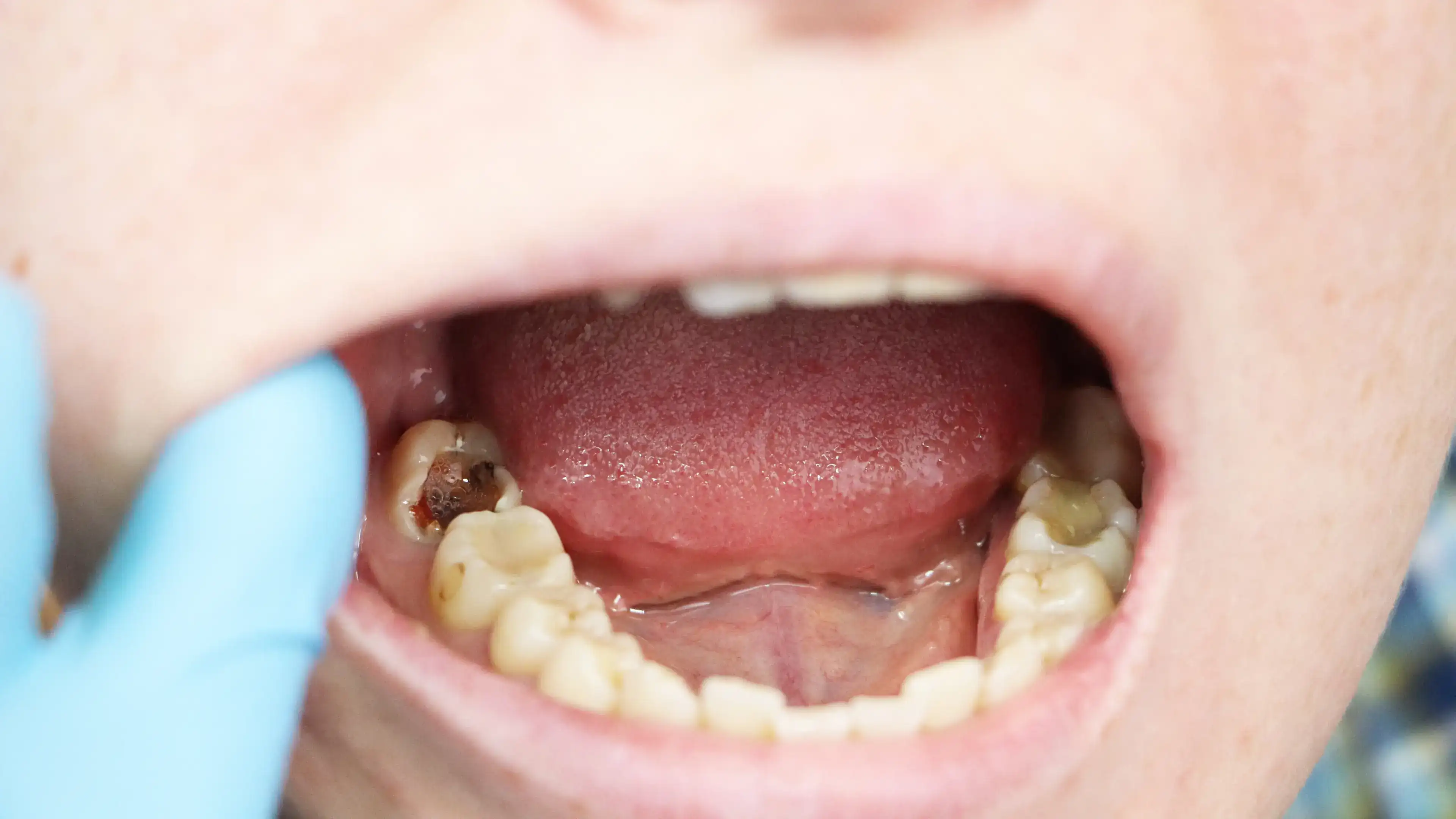
Tooth Root Infection and Its Long-Term Effects
A tooth root infection is a severe condition where bacteria penetrate the tooth pulp and spread into the roots. This type of infection can silently progress, leading to the destruction of the surrounding bone and tissues if not addressed promptly.
Long-term effects of an untreated tooth root infection include chronic pain, abscess formation, systemic infection, and ultimately tooth loss. The infection may even enter the bloodstream, posing risks to vital organs like the heart and brain. Treating a tooth root infection early, typically through root canal therapy or extraction, is crucial to preserving oral and overall health. Regular dental check-ups and maintaining excellent oral hygiene are essential preventative measures.
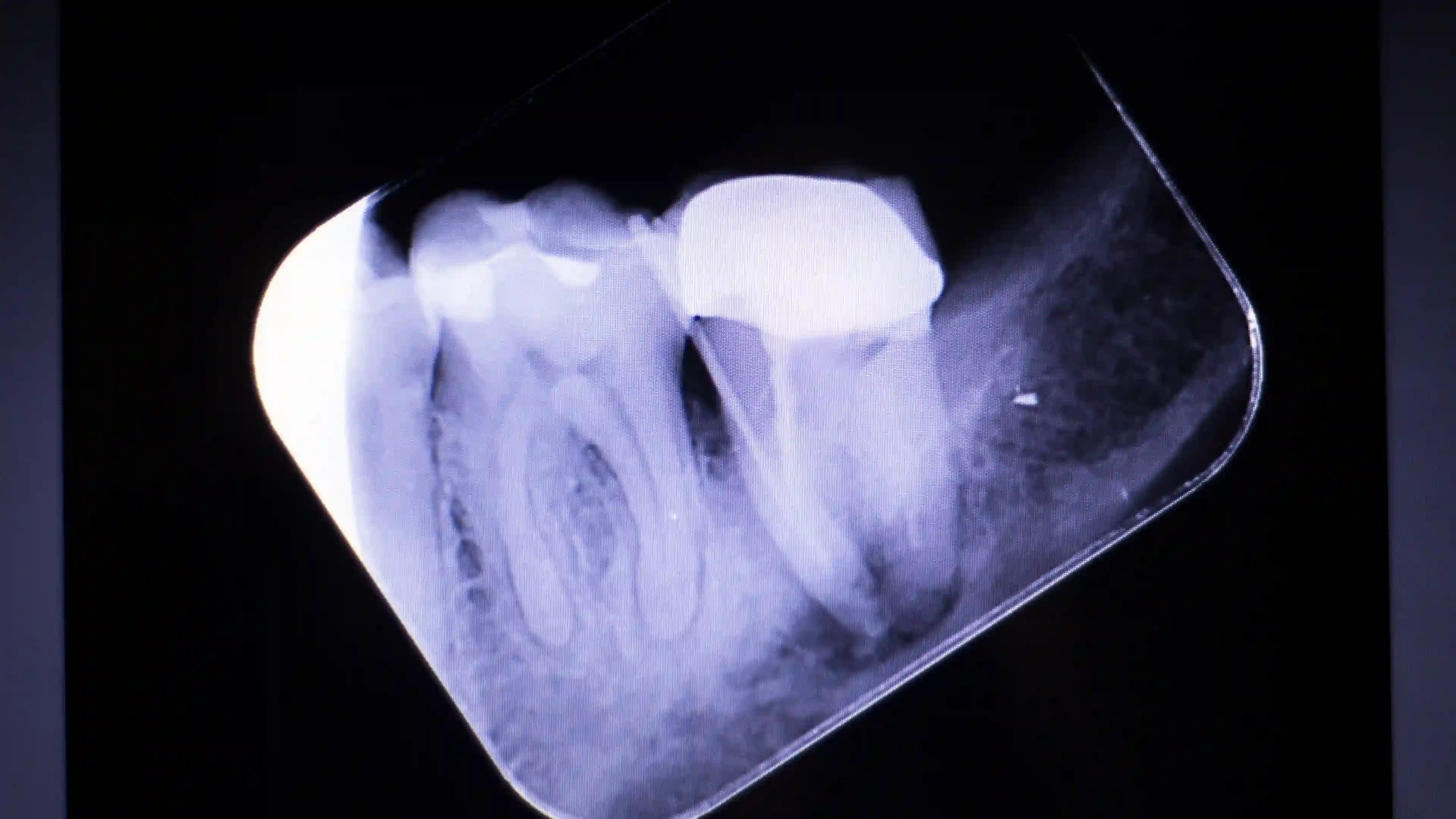
How to Treat a Tooth Infection: Medical and Natural Options
Understanding how to treat tooth infection effectively can save you from serious dental and overall health problems. While professional dental care is necessary, combining medical treatments with safe natural remedies can enhance recovery. Here are the most effective tooth infection treatment options:
- Antibiotics prescribed by a dentist: Essential for controlling the bacterial infection.
- Root canal therapy: Cleans out infected material from the pulp and saves the natural tooth.
- Tooth extraction: Recommended when the tooth is too damaged to be saved.
- Use of clove oil or garlic: Known as the strongest natural antibiotic for tooth infection, they provide natural antibacterial effects.
- Saltwater rinses: A simple, effective method to reduce inflammation and keep the infected area clean.
Choosing the right tooth infection treatment depends on the severity of the infection and your dentist’s evaluation. While natural remedies like clove oil can offer temporary relief, they should always complement, not replace, professional medical care to ensure complete healing.
Early Diagnosis with AI: How Modern Dental Clinics Detect Infections Sooner
Modern clinics now use AI for dental diagnostics to identify infections at much earlier stages than traditional methods. Artificial intelligence can analyze dental X-rays and clinical images with remarkable precision, highlighting areas of concern that might otherwise go unnoticed by the human eye.
Implementing AI for dental care enhances early detection, allowing for more conservative and less invasive treatment options. By recognizing a tooth infection before it becomes symptomatic, dentists can provide proactive care that saves time, reduces discomfort, and improves long-term outcomes. The integration of AI for dental technology is revolutionizing how practitioners manage oral infections and ensure patient health.

Why AI-Powered Dental Imaging Is a Game Changer in Infection Management
AI-driven imaging systems are setting a new standard in tooth infection diagnosis and management. By utilizing machine learning algorithms, these technologies can detect subtle changes in bone density, tooth structure, and surrounding tissues that suggest an infection is developing.
This level of accuracy allows for early, targeted intervention, minimizing the need for aggressive treatments. Furthermore, AI-assisted diagnostics reduce human error, ensuring that no early-stage signs of tooth infection are overlooked. As more clinics adopt AI for dental imaging, patients can expect faster, safer, and more effective care, making it a true game changer in the fight against oral infections.
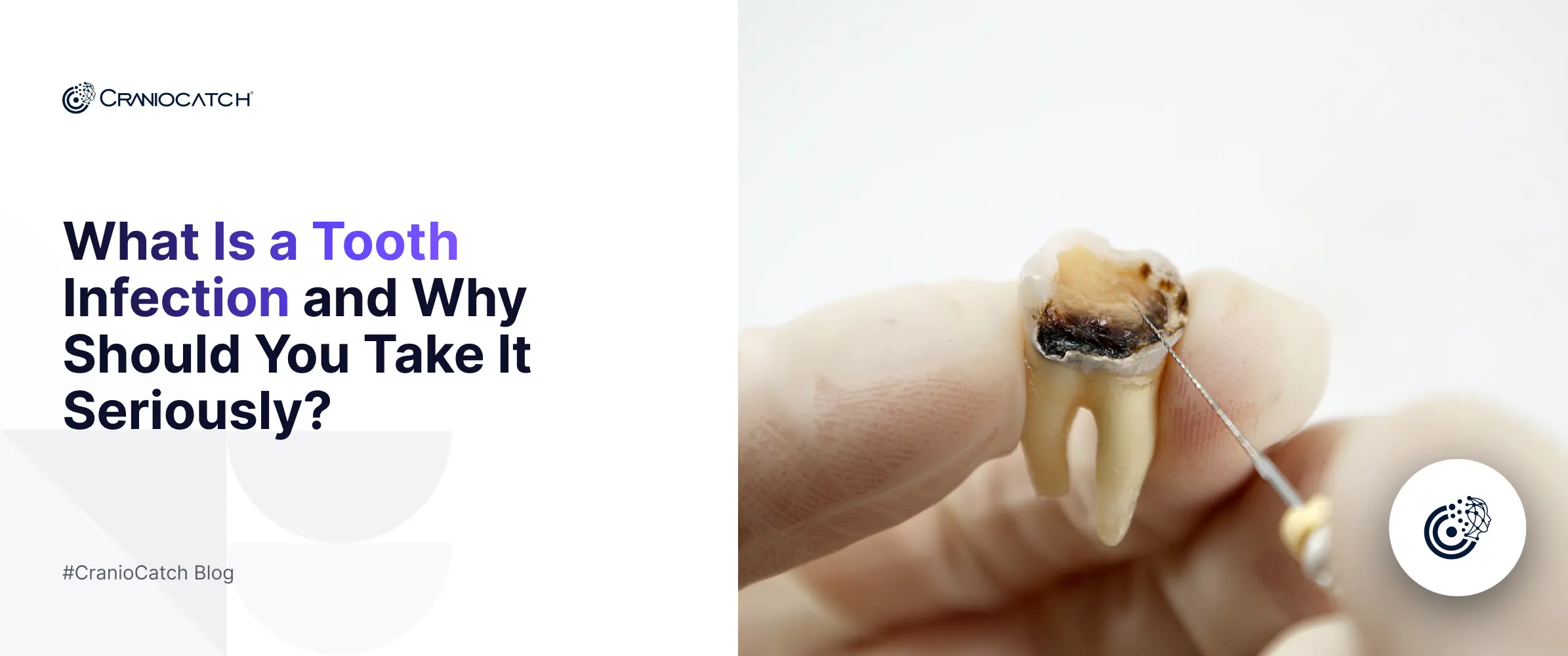


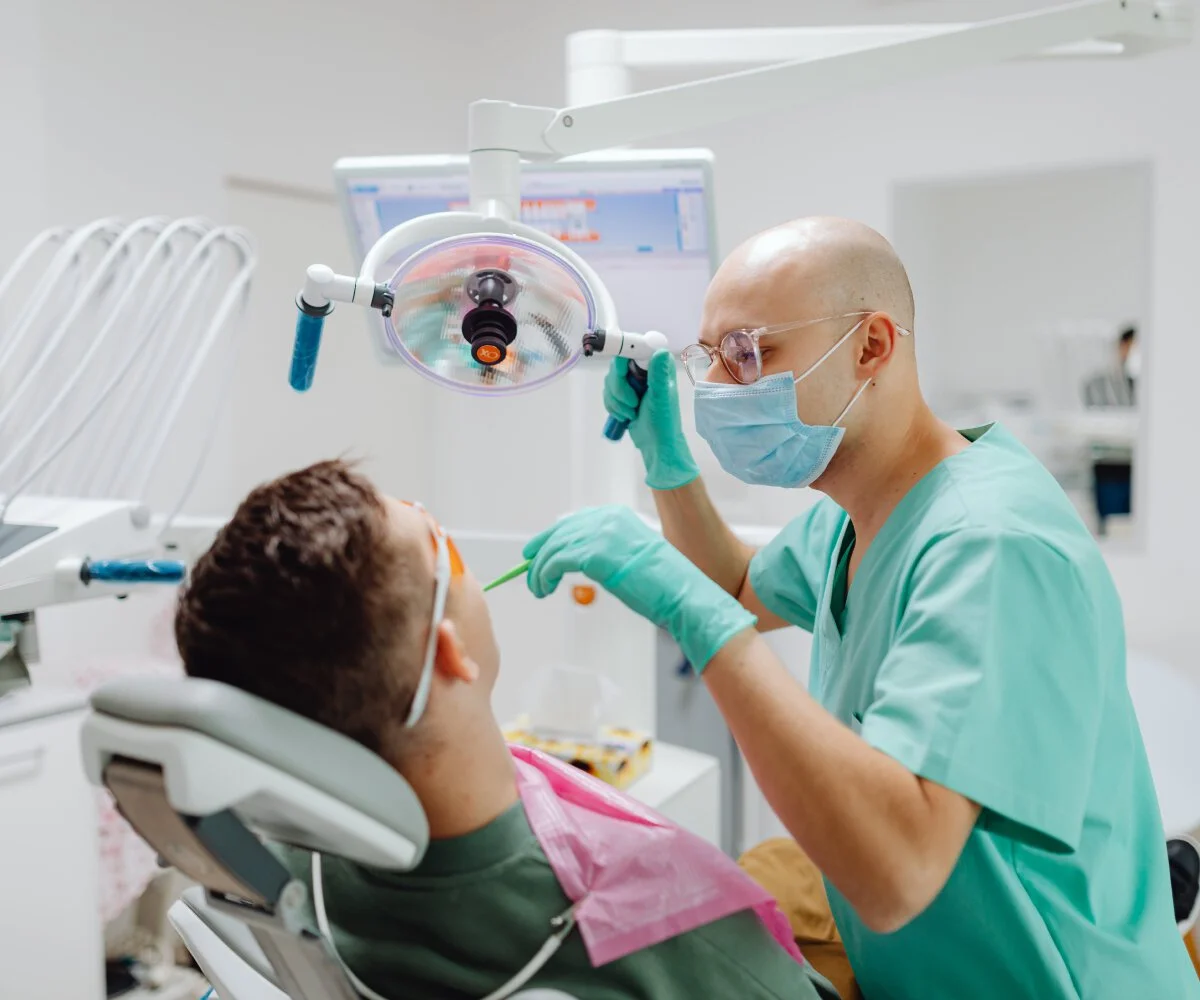
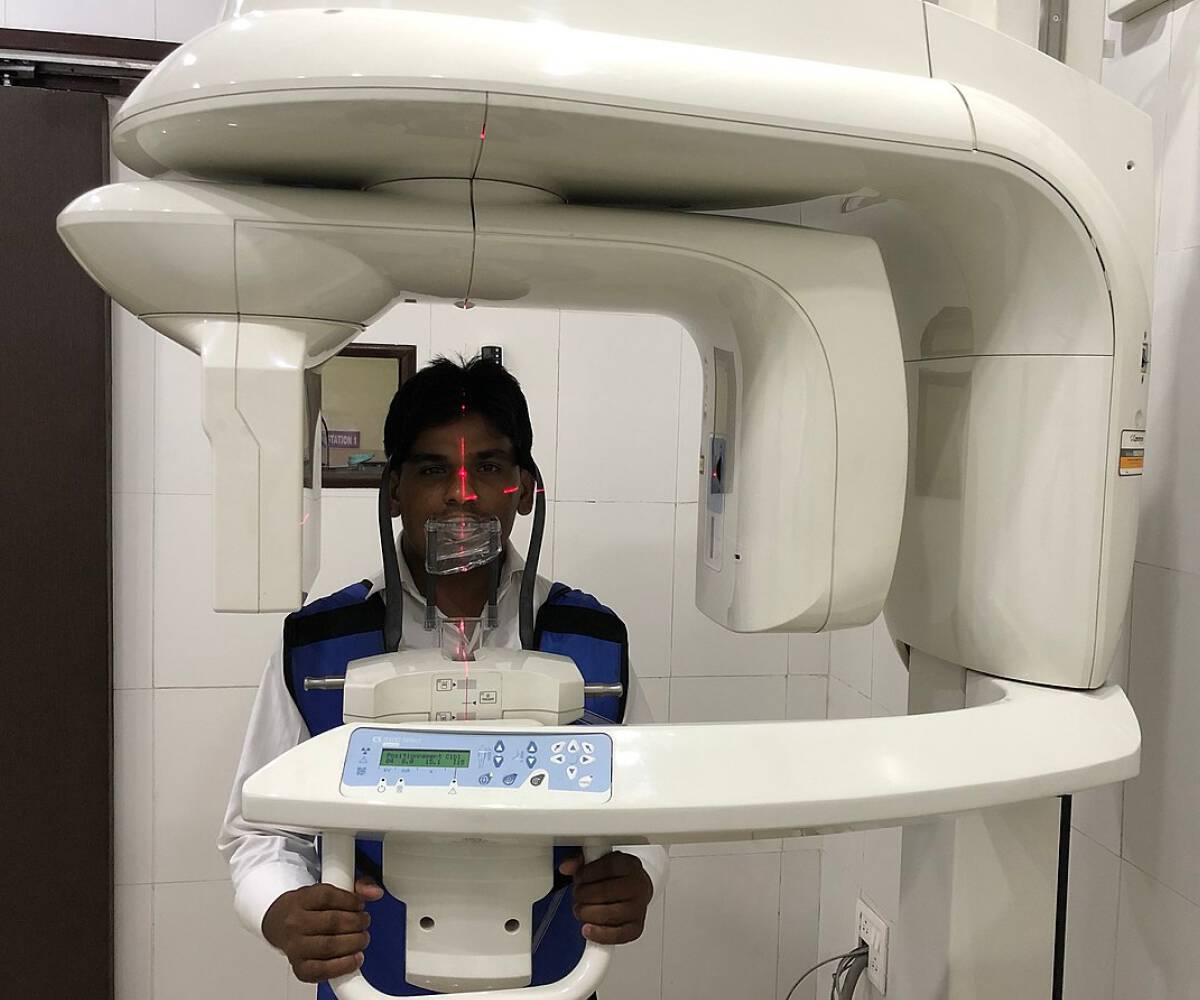
 Contact Us
Contact Us

